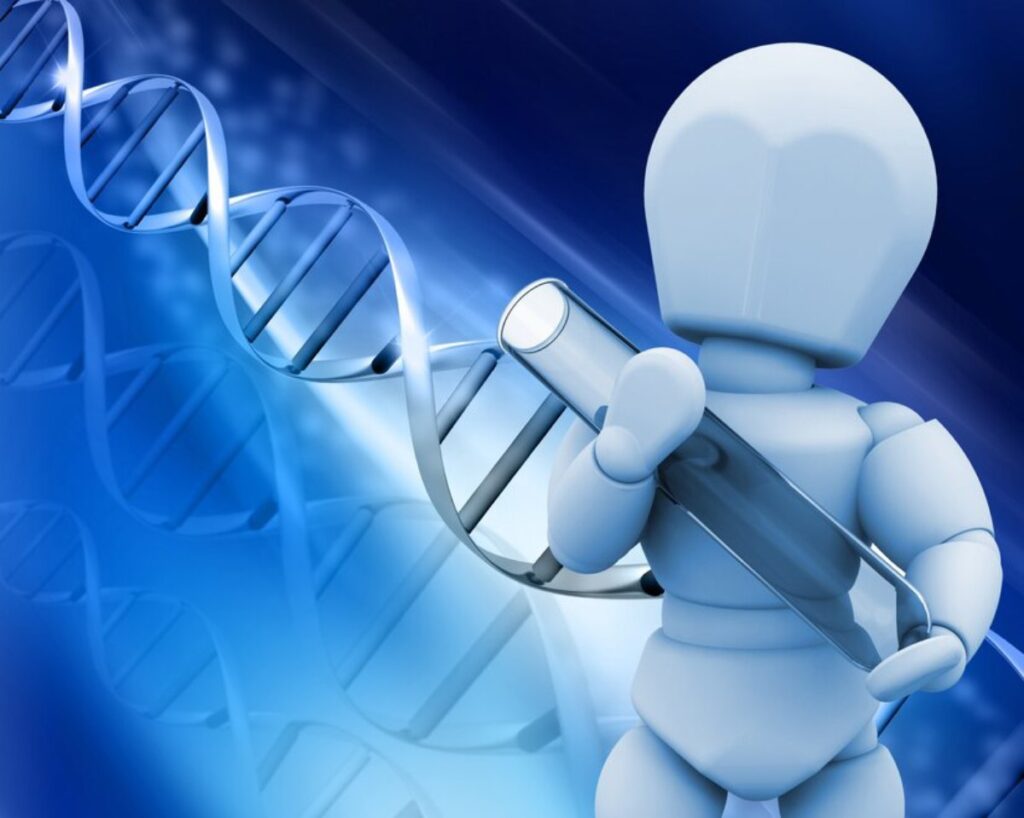The Science Blog

Nanobots in Medicine: The Future of Targeted Treatment
The Tiny Tech That Could Transform Healthcare
Picture a world where tiny machines swim through your blood to treat diseases. They could fix cancer, neurological disorders, and infections at the cellular level. Sounds like science fiction? Not anymore. Thanks to medical nanotechnology, particularly nanobots, this futuristic vision is fast becoming a reality.
In an era where precision medicine is gaining momentum, nanobots are emerging as game-changers. These tiny robots, just a few nanometres long, do specific jobs. They can deliver drugs, repair cells, or destroy harmful germs. Their small size allows them to reach places that conventional medicine can’t, offering new hope for treating complex conditions with targeted treatment.
In this post, we’ll look at how nanobots work. We’ll discuss their current uses in medicine and what they could do in the future. We’ll also cover the challenges scientists face and what lies ahead for this exciting technology. If you’re a healthcare worker, a tech lover, or just curious, this guide will explore how nanotechnology is changing healthcare with nanobots.
What Are Nanobots?
The Basics of Nanobots
Nanobots, or nanorobots, are microscopic machines typically ranging from 1 to 100 nanometers. For context, a single human hair is about 80,000 to 100,000 nanometres wide. Despite their tiny size, nanobots can be engineered to perform complex tasks in the human body.
These devices use materials such as carbon nanotubes, DNA origami, and magnetic nanoparticles. This mix provides stability and a range of functions.
How Do They Work?
Nanobots are powered and guided by various methods, including:
- Magnetic fields
- Chemical gradients
- Ultrasound or infrared signals
- External electric fields
Many nanobots have biosensors that find specific molecules. This feature makes them great for targeted medical treatments.

The Rise of Targeted Treatment
Traditional Treatment vs. Targeted Therapy
Traditional treatments, like chemotherapy and antibiotics, can harm both healthy and sick cells. This lack of precision can lead to severe side effects.
Targeted treatment focuses on delivering drugs directly to diseased cells or tissues. This approach protects the rest of the body.
The Role of Nanobots in Precision Medicine
Nanobots elevate targeted treatment by:
- Navigating directly to the site of the disease
- Delivering medication exactly where needed
- Monitoring treatment progress in real-time
- Minimising systemic side effects
In cancer treatment, nanobots can find tumour cells. They release drugs right in the tumour area.
Applications of Nanobots in Modern Medicine
1. Cancer Treatment
Perhaps the most promising application is in oncology. According to the American Cancer Society, over 19 million new cancer cases were recorded worldwide in 2023. Nanobots offer innovative solutions:
- Smart drug delivery: Nanobots release drugs right at tumor sites. This cuts down on harm to healthy cells.
- Real-time diagnostics: They can collect data to assess tumour response.
- Minimally invasive surgery: Future models may even perform micro-surgeries to remove malignant tissue.

2. Cardiovascular Health
Nanobots can help treat heart conditions by:
- Clearing arterial plaque
- Delivering anticoagulants directly to clots
- Repairing damaged tissues after a heart attack
3. Neurological Disorders
The blood-brain barrier (BBB) is notoriously difficult for drugs to penetrate. Nanobots can bypass this barrier to treat:
- Parkinson’s disease
- Alzheimer’s disease
- Brain tumours
4. Anti-Microbial and Infection Control
Nanobots could revolutionise how we handle infections:
- Targeted antibiotic delivery
- Bacterial detection and elimination
- Preventing biofilm formation on implants
5. Diagnostics and Monitoring
Some nanobots can act as biomarker sensors, providing real-time health data:
- Monitoring glucose levels in diabetics
- Detecting early signs of disease
- Enabling remote healthcare monitoring
Real-World Examples and Breakthroughs
The DNA Origami Robot (2012, Harvard & Bar-Ilan University)
Scientists engineered a DNA-based nanobot capable of delivering drugs specifically to leukaemia cells. The structure resembled a clam shell and opened only when it found the right molecular markers.
Magnetic Propelled Nanobots (ETH Zurich, 2020)
Researchers created magnetically driven nanobots. These tiny robots swim through body fluids to deliver drugs directly to tumours. They do this with high precision.
Artificial Red Blood Cells (University of California, 2020)
Scientists developed synthetic nanobots that act like red blood cells. They can transport oxygen, detoxify, and deliver drugs to specific targets.

Challenges in Nanobot Development
1. Biocompatibility and Safety
Ensuring that nanobots don’t trigger immune reactions or toxicity is a primary concern. Materials must be biocompatible and break down safely.
2. Control and Navigation
Guiding nanobots precisely within the body is technologically challenging. Researchers are working on more accurate remote-control systems using magnetism and light.
3. Manufacturing and Cost
Producing nanobots on a large scale with consistent quality is expensive and technically complex.
4. Regulatory and Ethical Considerations
Approvals from bodies like the MHRA (UK) or FDA (USA) are required before clinical use. Ethical concerns about privacy, bodily autonomy, and long-term effects also need addressing.
The Future of Nanobots in Medicine
Potential Advancements
- Smart swarms of nanobots working collectively
- Integration with AI for autonomous decision-making
- Fully biodegradable nanomachines
Timeline for Widespread Use
Most nanobot applications are still in preclinical or early clinical stages. Experts say that mainstream clinical use might be common in 10 to 20 years. This depends on regulations and tech improvements.
What Experts Say
Dr. Robert Freitas, a leading nanotech researcher, predicts:
“By 2035, medical nanorobots could become a standard tool in hospitals, replacing many conventional surgical and diagnostic procedures.”
Conclusion: A New Era of Precision Healthcare
The age of nanobots in medicine is no longer a distant dream. These wonders of medical nanotechnology can transform diagnosis, treatment, and disease prevention. They bring in an era of personalised, minimally invasive, and effective healthcare.
Nanobots lead the next medical revolution. They enable targeted treatment, improve outcomes, and reduce side effects. Yet, like any groundbreaking innovation, challenges remain—technical, ethical, and regulatory.
Nanobots give us an exciting look at the future of healthcare. As we discover more about the human body and improve our healing tools, their potential becomes clearer.
Are you excited about the future of nanobots in medicine? Stay informed by subscribing to our blog, and join the conversation about how next-gen materials are shaping a healthier world.









